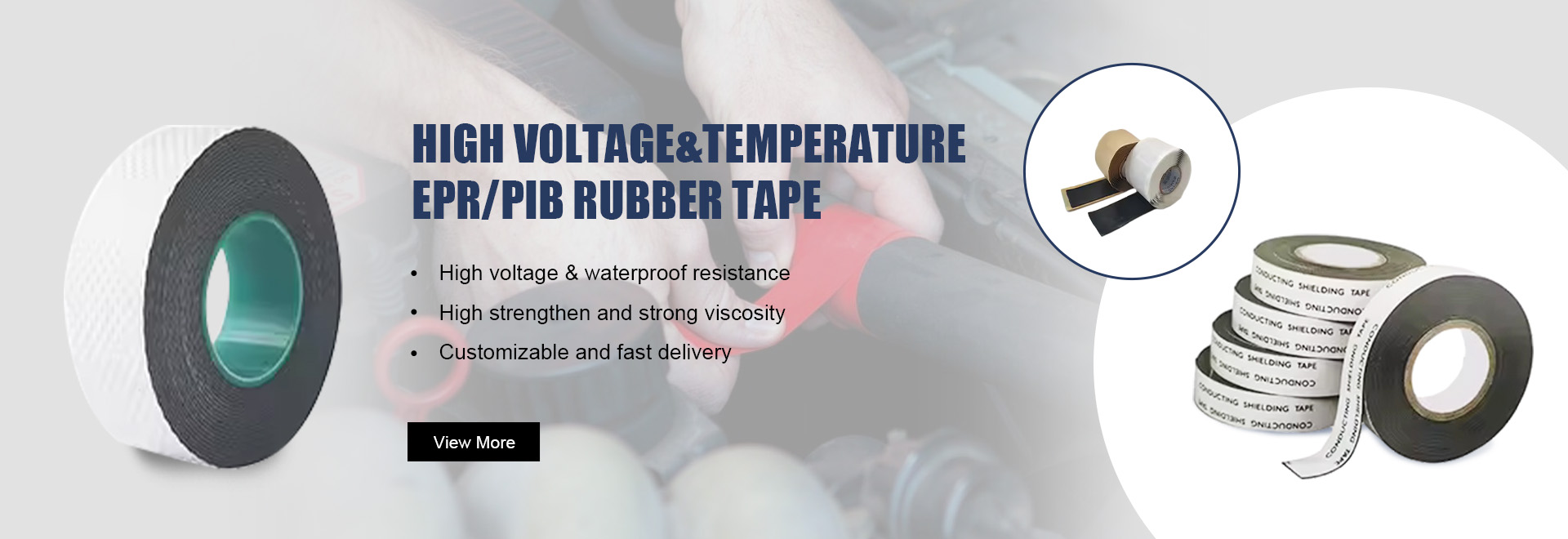Understanding Expansion Joint Foam Strips Importance, Applications, and Installation
Expansion joint foam strips are a crucial component in construction and engineering, designed to accommodate the natural expansion and contraction of materials due to temperature fluctuations. These strips are typically made from closed-cell foam or other resilient materials, and they serve several key roles in ensuring the integrity and longevity of structures.
What Are Expansion Joint Foam Strips?
Expansion joint foam strips are flexible materials placed within expansion joints in buildings, roads, bridges, and other structures. These joints allow for movement caused by thermal expansion, contraction, seismic activity, and other forces. The foam strips act as a buffer, providing support while enabling the necessary movement without compromising the structural integrity of the elements involved.
Importance of Expansion Joint Foam Strips
The primary purpose of expansion joint foam strips is to prevent damage to building materials during thermal expansion and contraction. When temperatures rise, materials like concrete, steel, and asphalt can expand; conversely, they contract when temperatures drop. Without adequate expansion joints and foam strips, these movements can lead to cracks, buckling, and other forms of structural damage.
Moreover, these foam strips help to protect against moisture infiltration. By sealing gaps that might otherwise allow water to enter, they can prevent water damage, rust, and other issues caused by prolonged exposure to moisture.
Applications of Expansion Joint Foam Strips
Expansion joint foam strips find diverse applications across various sectors
1. Buildings They are often used in walls, roofs, and floors to allow for thermal expansion while preventing damage. 2. Bridges In bridge construction, these strips ensure that the joints can move freely, preventing structural stress that could lead to failure.
expansion joint foam strip

4. Industrial Facilities In manufacturing plants, they can be critical for machinery foundations, allowing for movement without causing misalignment or undue wear.
5. Pavements Expansion joint foam strips are placed within pavement systems to mitigate stress and cracking that can occur due to traffic loads and temperature changes.
Installation of Expansion Joint Foam Strips
The proper installation of expansion joint foam strips is vital for their effectiveness. Here are the key steps to ensure successful installation
1. Surface Preparation The surfaces where the foam strips will be installed must be clean and free of debris. This ensures a proper seal and adhesion.
2. Measuring and Cutting Accurate measurement is crucial. Foam strips must be cut to the appropriate length to fit snugly within the joint. They should be slightly compressed to accommodate joint movement while still maintaining a tight seal.
3. Placement The foam strips should be placed evenly within the joint space. Care should be taken to ensure that they do not protrude above the surface, as this can lead to wear and damage over time.
4. Sealing Depending on the application, additional sealing materials like caulking or sealants may be applied around the foam strips to provide extra protection against moisture infiltration and to enhance the structural integrity of the joint.
5. Inspection After installation, it is important to regularly inspect the foam strips for wear, damage, or degradation. Over time, they may need to be replaced to maintain optimal performance.
Conclusion
Expansion joint foam strips play a vital role in protecting structures from the inherent movements caused by temperature variations and other stresses. Their importance in construction cannot be overstated, as they help prevent costly repairs and extend the life of buildings, bridges, roads, and more. With proper installation and periodic maintenance, foam strips can effectively safeguard the integrity of various structures for years to come.
-
XIANGFAN Rubber Tape-Ultimate Solutions for All Your Insulation NeedsNewsJun.24,2025
-
XIANGFAN Rubber Tape-Protection for Industrial and Residential ApplicationsNewsJun.24,2025
-
XIANGFAN Rubber Tape: Superior Safety and Sealing for Demanding EnvironmentsNewsJun.24,2025
-
XIANGFAN Rubber Tape: Reliable Solutions for Every Electrical ChallengeNewsJun.24,2025
-
XIANGFAN Electrical & Industrial Tape: Powering Reliability Across IndustriesNewsJun.24,2025
-
XIANGFAN Electrical & Industrial Tape: Excellence in Every ApplicationNewsJun.24,2025
